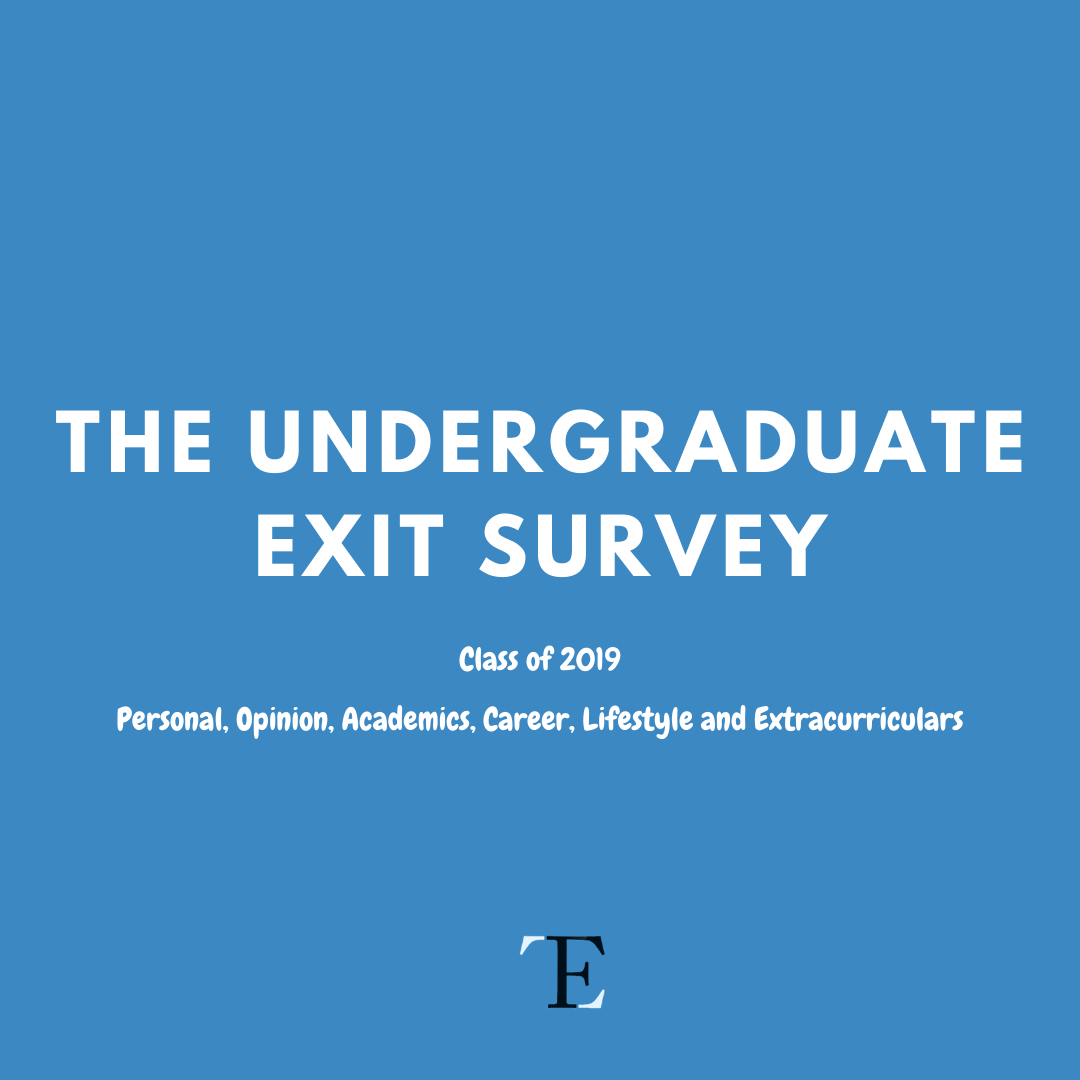Recently, one of the gates in the campus – the Krishna Gate – was closed. Following this, there has been a dialogue between the students and the administration regarding the closure of the gate. T5E aims to present a report on the incidents that unfolded in the wake of this.
24th December 2019:
The closure of the gate and the construction of the wall began post 10pm in the night. Being a busy entry/exit point, people gathered at the site and began an impromptu protest.
25th December 2019:
The Students’ General Secretary (SGS) sent an smail clarifying that none of the elected student representatives were consulted or informed about the sudden closure of the gate. There was a protest planned for 11am, from Krishna Gate to the Administrative Block. The SGS and the SLC Speaker had visited the Office of Dean Students to meet with the Dean (DoST). At this point, a few protesters had entered into the DoST Office to continue their protest.
Later in the day, the SGS and other representatives circulated a form among the students to collect their grievances.
26th December 2019:
A townhall was planned for 3PM on the same day (by the student representatives) to discuss the sudden closure of the gate and its implications for the student community. This townhall was presided over by the SGS, and no stakeholder from the administration was present. For this reason, the 100-120 students who had gathered at CLT decided to head to the Admin Block to continue the protest.
Following this, the SGS, Speaker and the HAS met with the Director in his office while the protest continued outside the admin block. During this exchange, the student representatives put forth the concerns of the student community and there was a dialogue between them and the Director wherein the Director also put forth the reasoning behind the closure.
The student representatives then headed out to address the student protesters. The SGS attempted to address the students and brief them regarding the meeting with the Director. The protest then moved from the Admin Block to just outside the Director’s House, where they staged a sit-in across the road. Following this, the protest moved to Himalaya Grounds.
At the same time, a movie screening was taking place at OAT for a 25th year Alumni Reunion event. Several protesters then took the protest to OAT, which caused a disruption in the Alumni Reunion event. The I&AR Secretary adds that there were around 50-60 protesters at the venue and eventually, the Chief Security Officer and a few alumni had to speak with the protesters to de-escalate the issue.
27th December 2019:
The Director agreed to participate in a townhall to address the student grievances directly. This discussion took place at CLT at 5pm. It was attended by approximately 200 students. Around 30-40 students staged a walk-out at the beginning of the townhall, for they did not wish to participate in any discussions until the gate was first opened.
Meanwhile at around 3 o clock, the South Chennai MP Dr.Thamizhachi Thangapandian had visited the Krishna Gate area and met with the local vendors and some students who would be affected by the closure of the gate, and issued a tweet on the same.
The Faultlines: where do the students and the administration stand?
The grievance form that was circulated has over 850 responses from the students at the moment.
The manner in which the closure took place:
The closure of the gate started in the late hours of the night on Christmas Eve, a time where the number of students on campus would be at its virtual minimum. In addition to this, Krishna Gate is a lifeline for several students on campus – therefore its sudden closure, particularly without informing the student representatives at the least irked a large section of the student population.
Critical to mobility:
As most people familiar with the campus will note, travelling in and out of the institute through the Main-Gate for minor utilities is not a feasible option, particularly for the students residing in the hostel zone which is several kilometers away. The Taramani Gate and Krishna Gate are the two most frequently used entry and exit points for most of the hostellers. Particularly with the closure of Krishna Gate, the residents of Tunga, Bhadra, Krishna, Cauvery, Tapti and Narmada hostels would be the most effected in terms of mobility. It is well known that the only 4-wheeler entry into the campus is through the Main Gate, and cab drivers seldom agree to come inside the campus citing the distance from the gate. The Krishna Gate provided a more comfortable pick-up spot, which was especially of relief to students with large amounts of luggage, for whom walking to the Taramani Gate or using the (often crowded) institute buses to go to the Main Gate was not necessarily feasible. Similarly, several students used the gate as a delivery spot for food ordered through Swiggy, Zomato and the likes. Given that it is a closed campus, and the security do not allow delivery servicemen into the campus, the gate provided an easy access to pick up food within walking distance. Should the students of these hostels still choose to do so, they will now have to use the Taramani Gate or Velachery Gate – both of which are nearly 1 km away from Krishna Gate.
The Utilities:
The past few years have seen a drastic change in the institute landscape when it comes to food and eateries on campus. For several reasons not in the least related to the closure of the gate, many popular student food joints such as Zaitoon, Ramu Tea Stall and Suprabha (among others) have been recently shut down. For now, the only food joints apart from the mess are the Himalaya Food Court, Cafe Coffee Day, Campus Cafe and Food For Thought. Of these four, only the Himalaya Food Court (HFC) is in the hostel zone. Unlike the numerous ‘night canteen’ services that students had access to in the past, the only 24×7 food service on campus now is Krishnavilasam (in HFC).
For these reasons, a (steadily growing) chunk of the student population frequent the small and affordable restaurants and canteens located just outside the Krishna Gate. In addition to this, there are Xerox shops and other small utilities nearby that served as lifelines for students. The alternatives to those utilities in the campus are currently either non-existent, not as affordable/convenient or not always open when the students need them.
Students residing just outside the gate:
Several research scholars are housed right outside the gate – particularly for convenience in the commute. While some of them are married scholars with children, others took up the option of residing outside because of the recent accommodation issues in the institute. Since the Krishna Gate area has several affordable housing options for these scholars, and given that several of them have already signed leases months ago – this sudden turn of events makes it difficult for them to enter and exit the institute. This is especially problematic because unlike the undergraduates, research scholars do not have a fixed schedule during the day and often work late into the night. While the institute can provide bus services to the other gates, such as the Velachery Gate, the transport and safety of women scholars returning to their houses from Velachery Gate to the Krishna Gate area is still a concern.
Security Concerns:
The major point put forth by the administration in favor of the gate’s closure is that it poses a severe security concern. Given the proximity of the gate to the Tunga hostel (a girl’s hostel) and the additional plans to convert Bhadra to a girls hostel, the closure of the gate is a preemptive measure to avoid any untoward incidents – especially concerning the safety and security of the women students.
The area outside the Krishna Gate is unique in the sense that, unlike the other gates, it is relatively cut off from the rest of the city and is a dead-end. Owing to this, there are allegedly several vendors who deal in the sale of banned substances, and the gate provides them an easy access to students. In the opinion of the administration, these undesirable, non-student parties are festering and capitalizing on a vulnerable population. It is claimed that security reports from the police have repeatedly cited the area as being a hotbed for individuals engaging in such pernicious activities and that it purports a serious security threat to all students alike. Some opine that the recent spotlight on the gruesome crimes committed against women across the country, may have been an added impetus to close the gate – as a precautionary measure as opposed to a reactionary one.
The Students’ Rebuttal:
If the safety and security of the students was such a concern, then why weren’t the students – especially the womens’ opinion taken into account? The closure of the gate does not add to womens’ safety, instead it restricts mobility and forces students to take longer routes through other gates – such as the Velachery Gate which incidentally also houses two Tasmac shops. Instead, why does the institute not focus on posting more security guards at the gate, and invest in making the entry and exit system at the gate more robust? Over the years, there have allegedly been a few cases of harassment in the institute where these offenders have entered the institute through other points of entry. And what’s to guarantee that the KGate scenario doesn’t arise at other gates – such as the Taramani Gate?
The Administration’s Response:
The ID card entry system has been implemented time and again but has failed because students do not carry the cards even on repeated reminders. Moreover, the e-ID cards that students show in the place of the ID cards are easily faked by intruders. Most importantly, the KGate is unique in its security concerns because of the area it is in. The Taramani Gate, in contrast, is fairly close to a main road, has a bus stop, temple and police station nearby. The situation is similar with the Velachery gate. The Krishna Gate however, being located in a dead end, is particularly problematic in this regard and allows these non-student agents to fester with absolute ease. They add that as long as the gate is open – to any extent – these agents will only continue to fester, being enabled by a vulnerable student population all while causing a security risk to the whole neighborhood. The institute security alone would not be sufficient to address the concerns that the KGate poses.
As for the other gates – the SGS is currently pushing for more robust entry-exit systems. However these pose their own challenges, since biometric entry is only efficient for pedestrian entry/exit and not for vehicular traffic.
The Director took questions from the audience at the townhall till there were no more questions, and assured to provide campus residence for those who were genuinely very much affected by the move, and offered to extend timings for certain bus services within the institute.




